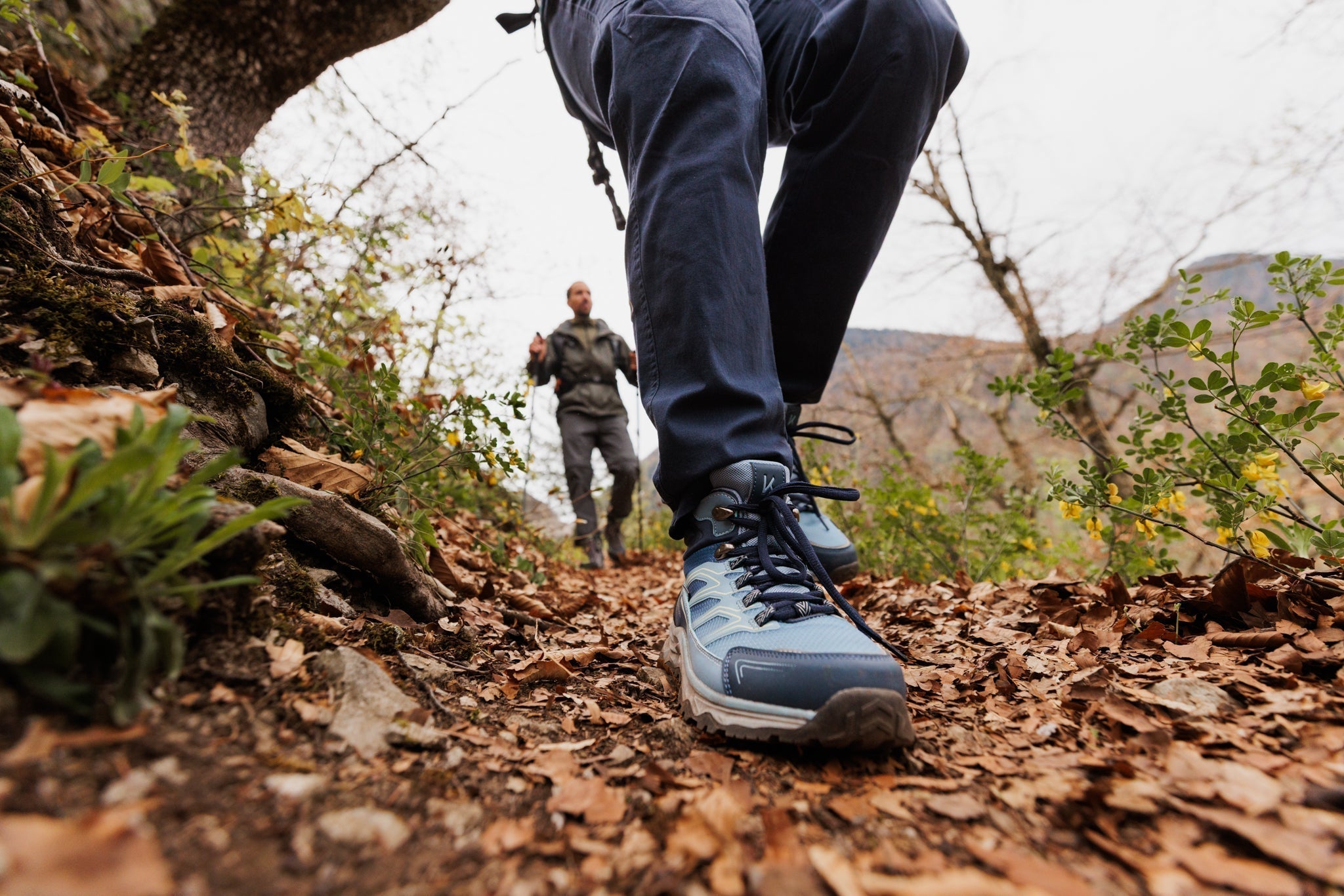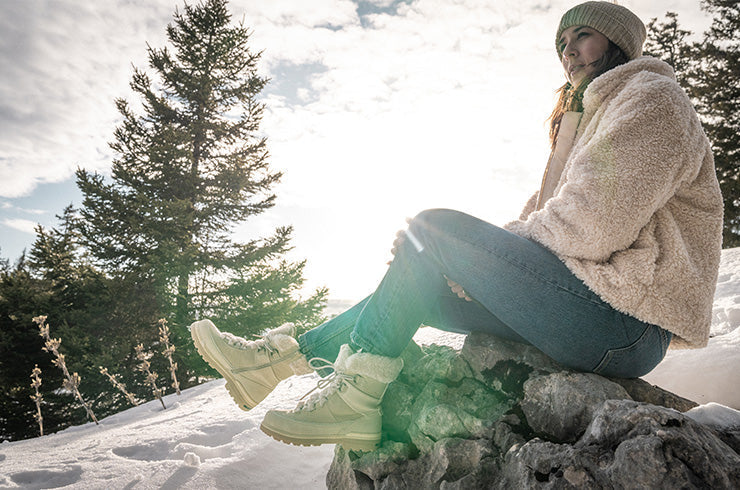When hiking, there's nothing more unpleasant than taking out your water bottle or bladder and realizing that the water has a plasticky taste or a suspicious odor. Beyond simple discomfort, this is a sign of a maintenance problem.
In this article, we review the main causes of these unpleasant odors and tastes, simple methods to remedy them, and the right reflexes to adopt to extend the lifespan of your equipment.
Why does your water bottle or bladder have a taste or smell?
Drinking water that tastes strange or smells bad is never a trivial matter. If your water bottle or bladder alters the taste, it's a sign that there's a hygiene or maintenance issue that needs to be addressed. The most common causes are related to usage and cleaning:
Cause #1: New plastic
Some water bottles or pouches give off a plastic taste the first few times they're used. This usually disappears after a few washes, but it can become more noticeable if the water is left inside for a long time.
Our advice: opt for stainless steel water bottles, they leave no taste and are easy to clean.

Cause #2: Beverage residue
Energy drinks, juices, syrups, and even coffee leave behind sugars and colorings. These deposits feed bacteria and are the primary cause of persistent odors.
Cause #3: Microbial proliferation
Stagnant moisture in the tank or pipe creates an ideal environment for bacteria and mold. Even if the water looks clear, a biofilm can form inside.
Cause #4: Insufficient cleaning
A simple rinse does not always remove deposits. Over time, they build up and give a rancid taste.
Cause #5: Prolonged storage
Leaving stagnant water in a closed bottle or storing a bag while it is still wet promotes bad odors and the formation of black stains in the tube.
The Best Simple Methods to Remove Odors and Tastes
No need for miracle products. To eliminate bad odors or unpleasant tastes from your water bottle or bladder, a few simple ingredients are all you need. Here are the most effective:
1. Hot water + dishwashing liquid
That's the basics. Fill the bottle with hot water and a little dish soap, shake well, let it sit for 15 to 30 minutes, then rinse thoroughly.
➜ Effective for regular cleaning
➜ Repeat after each use
Our advice: use a long brush to scrub the bottom or pipe thoroughly.
2. Baking soda
Deodorizes and gently cleans.
➜ Mix 1 to 2 tablespoons of bicarbonate in 1 liter of hot water
➜ Leave it on overnight
➜ Rinse thoroughly the next day
Tip: You can also sprinkle a little baking soda directly into the wet bottle, rub, then rinse.
3. White vinegar
Disinfects and neutralizes stubborn odors.
➜ Pour a mixture of 50% white vinegar + 50% hot water
➜ Leave to act for 2 to 4 hours (or overnight if the smell is strong)
➜ Rinse thoroughly to remove the vinegar taste
Do not use it too often on plastic water bags: it can damage the material over time.
4. Lemon juice
Natural and refreshing.
➜ Squeeze 1 lemon into 1 liter of hot water
➜ Leave to act for a few hours
➜ Rinse with clean water
Bonus: it leaves a fresh and pleasant taste.
5. Specialized cleaning tablets
If you prefer a ready-to-use product, there are tablets designed for water bladders (Camelbak, Osprey, etc.).
➜ Follow the manufacturer's instructions
➜ Leave to act for the indicated time
➜ Rinse well afterwards
Ideal for a deep cleanse once a month or after a sugary drink.
Checklist: our tips for maintaining your water bottles and pouches over time
☑ Rinse with clean water after each use
☑ Use a brush to clean the bottom, the cap and the pipe
☑ Always dry completely before storing (open the bottle well, hang the water bag)
☑ Avoid storing stagnant water for several days
☑ Choose water instead of sodas, syrups or sugary drinks which leave sticky residue
☑ Perform a “deep” cleaning (baking soda, vinegar or tablets) at least once a month
☑ Store the open water bag in a dry and ventilated place
☑ Regularly check the condition of the hose and tank (no black stains or persistent odors)
With this simple routine, your water bottle or bladder will keep the water neutral and remain usable for a long time.
When should you replace your water bottle or bladder?
Even with proper maintenance, a water bottle or bladder doesn't last forever. There are certain signs that it's time to replace it:
➜ Persistent odor: despite several cleanings, the water retains an unpleasant taste or odor.
➜ Traces of mold: black stains in the tank or pipe that do not come off when brushed.
➜ Visible wear: cracked plastic, cracked hose, nozzle that no longer fits properly.
➜ Leaks: micro-perforations or damaged seal that let water through.
➜ Permanent plastic taste: especially if the bag has not been used for a long time.
A stainless steel water bottle will last for years if properly maintained. Plastic water bags, on the other hand, wear out more quickly: expect 2 to 3 years of regular use before needing to be replaced.
Simple actions to extend the life of your equipment
At Kimberfeel, our stainless steel water bottles and water bags are designed to withstand intensive use and support you over the long term.
A sustainable choice, useful both for your hikes and for the planet.
Other useful tips for preparing your hikes:
➜ Zero waste picnic: the complete guide for your hikes and nature getaways
➜ Hiking: how to react when faced with wildlife?








